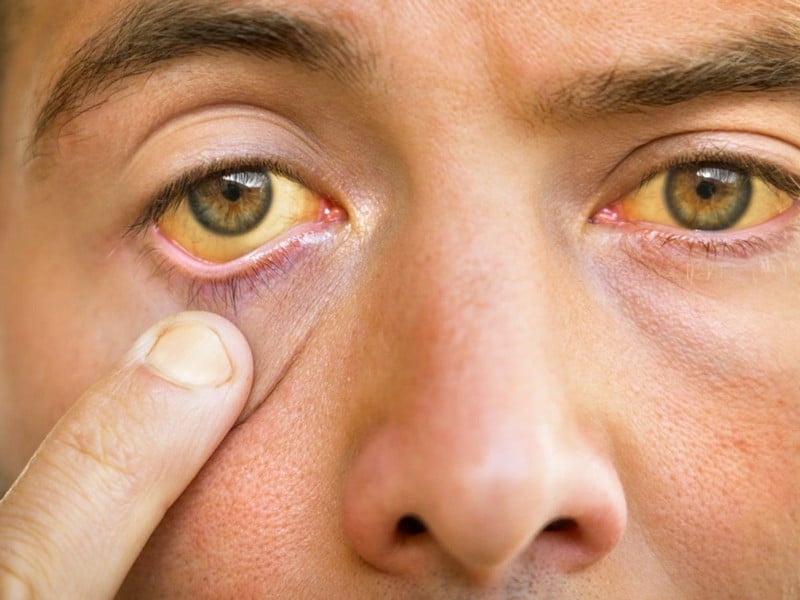The liver is the largest organ in the body. It performs the essential role of helping digest food, removing toxins, and storing energy. It supplies the body with chemicals drawn from food, filtering out poisons, so it has all the power to keep up with the daily tasks. When the liver is not working well, it affects the entire body.
Liver failure may develop slowly, a condition known as chronic liver failure, or quickly, known as acute liver failure. Different factors cause it, including infections, immune system problems, inherited disorders, alcohol abuse, drug overdose, and cancer. Chronic liver failure usually results from the scarring of the organ due to long-lasting use of alcohol or chronic infections, a condition known as cirrhosis. On the other hand, Hepatitis B and C are the most common causes of acute liver failure.
The symptoms of a malfunctioning liver may vary and could be hardly recognizable in its early stages. They often appear like the symptoms of other medical issues, and only further investigation may lead to a conclusion. However, as the condition progresses, the signs of a weakening liver become more prominent, like the following:
Jaundice

Yellowing of the skin and the whites of the eyes (sclera) is one of the most common signs that the liver is not functioning well. It occurs due to a malfunction in bilirubin production; having high bilirubin levels causes the skin, sclera, and mucous membranes to turn yellow.
Jaundice may have several causes, including blood clotting problems, genetic metabolic defects, the use of certain medicines, gallstones, and gallbladder problems. If it is a short-term episode caused by an infection, it will come with fever, chills, and dark-colored urine as additional symptoms.
Jaundice is often more severe in infants and usually does not require treatments among adults. However, experts advise prompt medical attention if it occurs due to an acute underlying disease such as liver failure. Proper treatment and management of the health condition are essential to keep it from progressing and becoming life-threatening. Medical professionals who suspect liver failure may order a urinalysis and serum testing as the standard diagnostic procedures for patients with jaundice. They may also examine and determine the size of the liver through a CT scan and ultrasonography. Sometimes, they might also request a liver biopsy to confirm the diagnosis.










